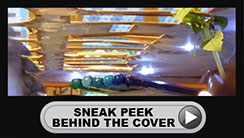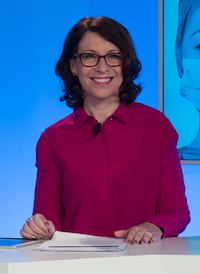
Claire Doole is a former BBC correspondent and international spokeswoman who is passionate about helping people communicate with confidence. Since 2006, she has successfully trained hundreds of professionals in the art of presenting and public speaking, talking to the media, managing communications in a crisis, and writing for the web. In addition, she has coached C-level executives and public figures to give powerful TEDx and TED style talks in Europe and the Middle East. A Swiss and UK national, Claire trains and coaches in French and English.
Claire is also a highly experienced moderator having facilitated panel discussions with government ministers, NGO activists, humanitarians and human rights specialists at major events.
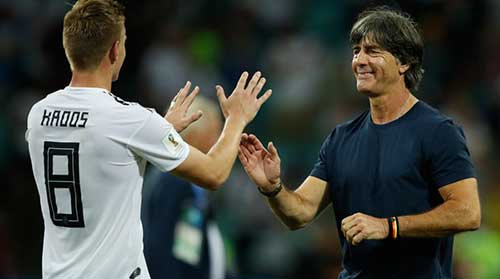 Photo credit: AFP
Photo credit: AFP
By Claire Doole, Claire Doole Communications
The coach of the German football team, Joachim Löw, must have given an exceptional motivational speech to his players at half-time on Saturday evening when they were trailing Sweden by a goal in the World Cup in Russia.
As defending champions, Germany faced the prospect of going out in the opening rounds. However, the team rallied to score two goals - the last one in extra time.
This made me think of one of the best motivational speeches ever written and delivered. In the 1999 film, "Any Given Sunday", Al Pacino plays the coach of a great American football team that is struggling to make the playoffs. Before the big game, he gives this speech to his players with the aim of motivating them to put aside their differences and play as a team.
Have a look at his speech. http://essaysfromexodus.scripting.com/stories/storyReader$1492
Apart from the locker room language, it has all the ingredients of a speech that inspires and motivates.
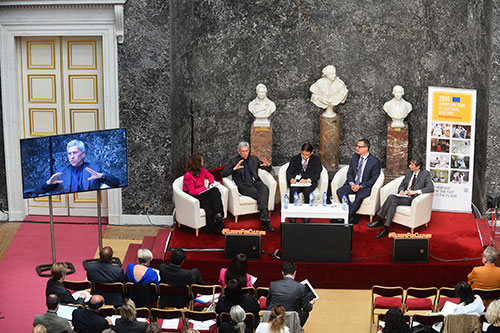 Moderating a Q&A style panel discussion for the European Year of Cultural Heritage.
Moderating a Q&A style panel discussion for the European Year of Cultural Heritage.
By Claire Doole, Claire Doole Communications
After a busy month of moderating for the UN, European Commission and trade federations in Brussels and Geneva, plus running how to moderate workshops for public and private sector institutions, I wanted to share my top 6 tips for stimulating panel discussions.
The common theme is that while a professional moderator always adds some sparkle, it is difficult to wave a magic wand, if the event organisers have not thought editorially about the panellists and format.
Tip number 1
Select the right panellists for the topic. It sounds obvious, but too often panellists are chosen for political reasons rather than for what they bring to the discussion. Even the most seasoned moderators find it very hard to stimulate an engaging discussion with people who don't have opposing views or different perspectives.
There is nothing worse than a panel where everybody says the same thing. In this case, as the moderator you have no option but to play devil's advocate. I was once forced to do this during a discussion on refugees. Afterwards, a young student in the audience came up to me and accused me of not liking refugees. I told her that I used to be a spokesperson for the UN Refugee Agency but my role was not to like or dislike but to stimulate discussion.
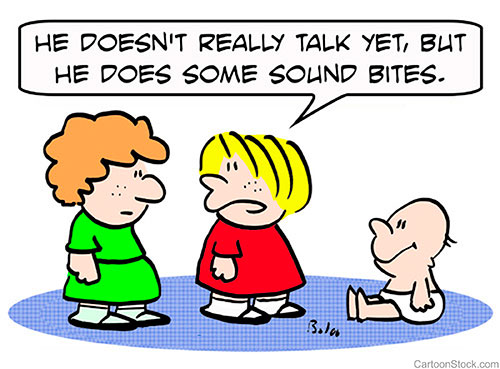
Photo credit: CartoonStock
By Claire Doole, Claire Doole Communications
As a journalist, I knew immediately what sound bites I would use in my radio or television reports for the BBC. They were the couple of sentences that made for lively copy and were instantly memorable.
What I may not have grasped in my rush to hit my deadline was that the speaker or in some cases their communications teams had carefully crafted that sound bite with the express intent that I would use it. They knew that sound bites serve as a perfect delivery vehicle for their key messages.
Speakers, who want their messages to be memorable, ensure that they plant at least one sound bite in their media interviews and speeches to illustrate their central idea. They then use them again in their Tweets as 280 characters are the equivalent of around 50 words or 17 seconds of speech.
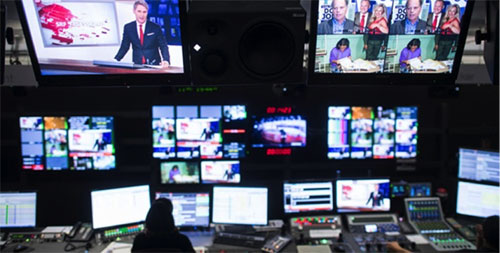
By Claire Doole, Claire Doole Communications
On March 4, the Swiss will vote on getting rid of the compulsory radio and television licence fee. If they say yes, Switzerland will become the first country in Europe to abolish the bulk of its public-service broadcasting.
As a former BBC journalist and recently naturalised Swiss citizen, it is a subject close to my heart.
I have seen ads in the cinema, watched discussions on Swiss television and walked past posters in the street.
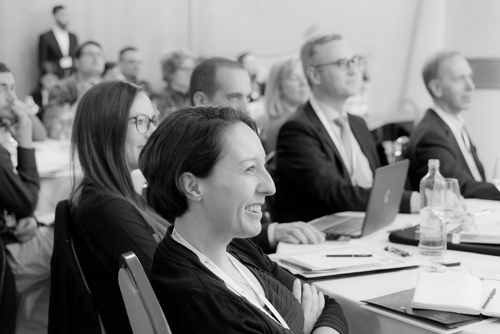
By Claire Doole, Claire Doole Communications
Moderating a conference about the possible reclassification of a chemical compound as carcinogenic is no laughing matter. The revaluation of antimony, a substance found in many household and manufacturing products, would have severe repercussions for those involved in its trade and manufacture.
However, as you can see from the photos, we did raise a few laughs during the day. How? We made the conference as interactive as possible – quizzes, panel discussions, group brainstorming and feedback sessions. As a former TV and radio producer, I know that you have to keep on changing the pace and content of a programme to keep the audience engaged.
But our secret ingredient was to use a cartoonist to make everyone laugh. Floris Oudshoorn is a gem. A Dutch cartoonist, who is fluent in English, he recapped the main points with some of his very witty digital sketches.





